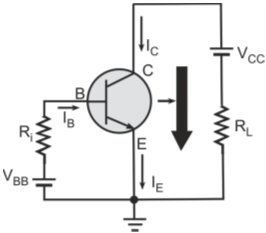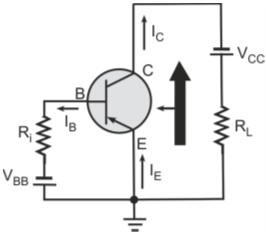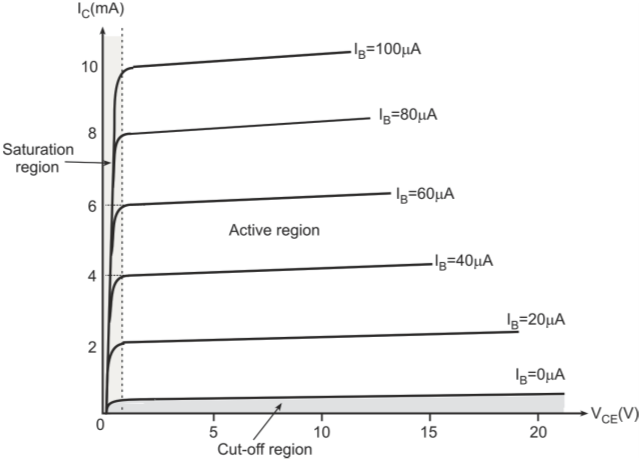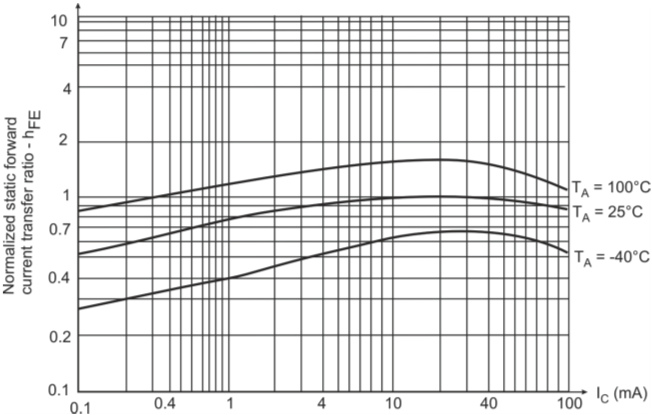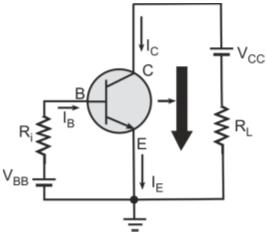The common-emitter (CE) configuration is the most commonly used transistor configuration.
Discover, Learn and Innovate
Your Trusted Online Resource for Electronics
Share on Social Media
Popular Post
Popular Post
© Electronicspedia All Rights Reserved | Designed by Aarohan Research Lab
